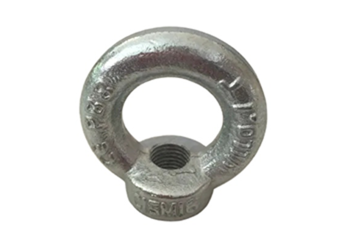সেপ্টে. . 04, 2024 08:14 Back to list
hex nut standard sizes
Understanding Hex Nut Standard Sizes
Hex nuts are a fundamental component in many mechanical assemblies, providing a secure way to fasten bolts and screws. Understanding the standard sizes of hex nuts is crucial for engineers, machinists, and DIY enthusiasts alike, as the right size ensures a proper fit and effective tightening. This article will delve into hex nut standard sizes, their significance, and how to choose the correct one for your project.
What is a Hex Nut?
A hex nut, also known as a hexagonal nut, is a type of fastener that has a six-sided shape. Typically made from materials like steel, stainless steel, or plastic, these nuts are used in conjunction with a corresponding bolt or screw. They feature internal threads that allow them to be threaded onto the bolt, ensuring a tight and secure connection.
Standard Sizes of Hex Nuts
Hex nuts are available in various sizes, which are classified based on the diameter of the bolt they are designed to fit. The most common sizing systems are the metric system and the imperial system.
1. Metric Sizes Metric hex nuts are categorized by the diameter of the bolt and the thread pitch. Common diameters include M3, M4, M5, M6, M8, M10, M12, M14, M16, M20, M24, and M30. Each size also has a corresponding thread pitch, which is the distance between threads, typically measured in millimeters. For example, an M8 nut might have a thread pitch of 1.25 mm.
2. Imperial Sizes In the imperial system, hex nuts are sized in inches. Common sizes include 1/4, 5/16, 3/8, 7/16, 1/2, 5/8, 3/4, and 1. The sizes also coincide with the corresponding bolt sizes, such as Grade 2, Grade 5, and Grade 8, indicating the strength of the material used.
hex nut standard sizes

Choosing the Right Size
Selecting the appropriate hex nut size is crucial for ensuring the integrity of your assembly. Here are some factors to consider
- Bolt Diameter Always match the hex nut to the bolt diameter. A nut that is too large will not grip properly, while one that is too small will not fit onto the bolt at all.
- Thread Pitch It’s essential to match the thread pitch for a secure connection. Mismatched threads may result in stripped threads or failure to secure the joint.
- Material Choose a hex nut made from a material that matches or exceeds the strength required for your application. For outdoor applications, corrosion-resistant materials like stainless steel are ideal.
- Grade Different grades indicate varying levels of strength and durability. Always select a grade that suits the load and environmental conditions of the application.
Conclusion
In summary, understanding hex nut standard sizes is vital for anyone working with fasteners. By familiarizing yourself with the metric and imperial systems, selecting the right size, and considering factors like material and grade, you can ensure that your assemblies are secure and reliable. Whether you're a professional engineer or a hobbyist, having the right hex nuts on hand will undoubtedly contribute to the success of your projects.


